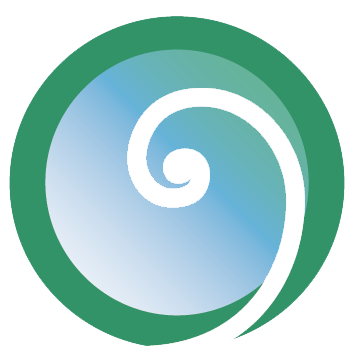There is a Body
When I first began taking Alexander lessons, I was largely disconnected from my body. I described this in Senseless, part two of a three-part series of reflections on my early days as an AT student:
I had almost no awareness of my body, my senses, or the way I moved through life. I was senseless. That’s not to say I didn’t have healthy functional sight, hearing, smell, taste, or touch. I just wasn’t present most of the time, so I wasn’t directly experiencing my life through my human senses. Even worse, I had no idea how cut off I had become from myself in this way. The fact that I was living in my head about 90% of the time wasn’t immediately apparent to me; I assumed this was normal.
That’s not such a wild assumption. It has been my experience over 25 years of teaching somatics and mindfulness that most people are in a similar state of senselessness. Almost no one is fully inhabiting their body all the time.
In my case it was the result of childhood trauma and the means I developed to survive and retain some basic functionality. Those survival skills served me well, but by the age of 30 their protection was no longer needed and the disconnection became problematic, even dangerous. Ignoring signals from my body put me at risk for exhaustion, infection, and injury. It also meant that I couldn’t fully experience sensual pleasures like tasting something delicious or receiving a warm hug.
With the help of my teacher Alan, I began to wake up to myself again. One way I did this was to access the power of pausing and sensing. As often as I could remember to, I would stop whatever I was doing and check in with my body: how was I sitting, standing, walking? What sensations could I feel? Where could I release unnecessary tension? If I was eating, what was I tasting? If I had my Walkman on, could I really hear the music? Was the air around me warm or cool?
Occasionally I tried to apply the directed thinking I was learning in my Alexander lessons, but often I found that it was plenty to just feel my body in whatever state it was in. Acknowledging “there is a body,” was a significant change in perspective. As I remembered to do this more frequently, I realized I didn’t have a good vocabulary to describe the various sensations and energies I noticed. Being a writer/editor, I felt it was important to discern the difference between sticky and heavy, for instance, or bubbly and prickly. Precision in language helped me become more sensitive to the vast ocean of sensation I was (re)discovering.
This Pause and Sense activity took less than a minute. I was at my desk, or sitting on the subway, or standing in line at the deli. Somehow I remembered to check in, and whenever I did it was like all the parts of my disparate self came together. Transformers were popular toys back then, and I remember feeling like one: everything came together, simply by choosing to pause and sense my body.
Because of the way neural pathways are created and operate, the more I remembered to pause and sense, the more often I remembered to pause and sense. I was training my mind to access awareness. I was learning to show up for myself.
No matter how connected you think you are to your body, this practice can be useful. Most of the time when we’re engaged in an activity, we assume it’s a choice between mental awareness and somatic awareness, but is it so? My training has shown me that Awareness can hold it all. When you pause, sense, and repeat you are cycling through a process of body-mind integration, which your system loves. Unity is how you are meant to be, life gets richer and more rewarding when you activate embodied presence.
If you feel like you could show up for yourself more completely, if your body is largely a mystery to you, or a burden, or a “problem” you have to manage – stop. Pause. Sense. Repeat.
There is a body. Maybe that’s all you need to know in this moment.
Bodymind Experiment
Whatever you are doing right now, pause.
Acknowledge “there is a body.”[i] Know this true fact by feeling it.
Sense whatever you can. You might sense:
· the weight distribution of your feet or sitting bones
· the temperature inside and outside the body
· areas of tension, areas of ease
· vibrations, tingling, pulsing, itching, etc.
· moisture or dryness
· sounds – what are you hearing?
· sights – what are you seeing?
· flavors and odors – are you tasting or smelling anything?
Feel free to do absolutely nothing about whatever you are sensing. Just feel it, perhaps lightly noting what you are aware of. “This is sweetness,” “this is warmth,” “this is secure support,” and so on. Appreciate these moments of coming home to your life through the body.
Tips for remembering to practice:
· Put stickers on various places where you’ll see them – bathroom mirror, computer monitor, refrigerator, phone, car steering wheel. When you see the sticker, pause and sense.
· Set an alarm on your phone or computer, a literal mindfulness bell to ring at intervals (30 or 60 minutes perhaps).
· Choose a daily activity (like brushing your teeth) and pause before you begin it, sensing “there is a body.” See if you can remain sensually aware as you engage in the activity.
[i] My thanks to Joseph Goldstein, who taught me the practice of saying “there is a body” at the beginning of a meditation sit. Works like a charm.

